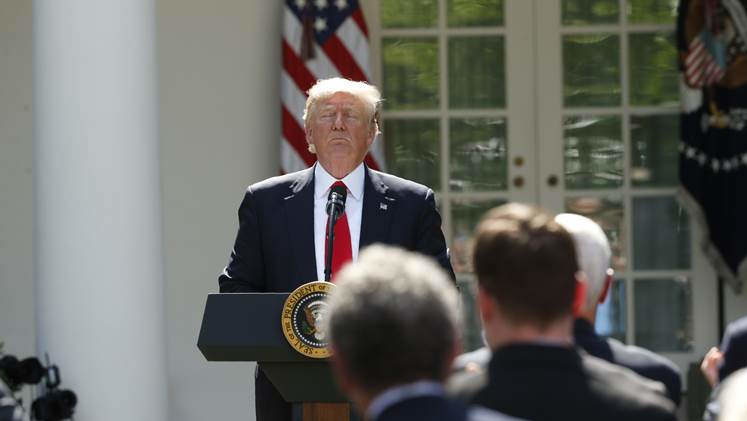Despite increased awareness and research showing that climate change is real, peoples concern for the problem has been shown to decrease, including mine. Why do we rather ignore climate change than face it? Per Stoknes presents five main barriers that help us ignore this issue and brings clarity to why many of us rather not talk about climate change.
Over the last twenty-five years with increased awareness and research on climate change, the overall concern people have for climate change has decreased. This applies even more so to high-income countries than in other parts of the world. We know that climate change is real, so why do we ignore it? The Norwegian economist and psychologist Per Espen Stoknes raises the question if humans are inevitably short-term thinkers, and if so, what changes are needed for us to start thinking long-term about climate change? According to Stoknes, there are five main barriers that help us ignore this issue.
The first one is distance: that we see climate change as something far away in terms of both time and space. It is a future problem, making us less willing to act on it now. It feels socially distant especially for people living in the global north, as the first ones to suffer from the impact of climate change are people living in the global south. The second barrier is the “doomsday” narrative through which media have continuously portrayed climate change. This has especially affected younger generations, leading to the new phenomenon of “eco-anxiety”. Feeling that we are living under a constant threat can lead to depression, or that our defense mechanism kicks in making us ignore the problem to be able to cope. The other barriers put forth by Stoknes are dissonance, denial, and identity. We are aware that our lifestyle is not sustainable, so we start making excuses, choose to doubt science or point fingers to feel better about ourselves. We might justify our choices as we see them as part of our identity, like the kind of car we drive and our food choices.
This is why I personally rather not think about climate change. It is something big and scary that gives me (eco)anxiety, but at the same time, it feels far away and complicated to fully adapt to. While feeling this way, I still know too much to be able to deny it, and hopefully so do you.
So what can we do to start thinking long-term? Following Per Espen Stoknes reasoning, rather than making climate change distant we have to make it more local and social. Instead of using pictures of polar bears in an Arctic without ice, we need to use human faces – actual people affected by the climate crisis. We all have to speak more about climate change, not just politicians that we feel socially distant too. We can also impact others by changing social norms. Studies have shown that if one house in a neighborhood put solar panels on their roof, the neighbors are most likely to follow.
Furthermore, we should collectively push politicians, decision-makers, and businesses to make the sustainable option the default option. Nudging people in the right direction can do a lot for the climate. What I find most important, however, is that we need to change the way we talk about climate change. We need to create a narrative we believe in to find the will to engage and be part of the solution. Stoknes suggest that 75% of communication concerning climate change needs to be about opportunity.
I want to believe that people will think and act long-term on climate change if there are more favorable conditions for doing so. The stone age did not end due to lack of stones, we just found smarter ways of living. Now is the time to choose to live smarter.


